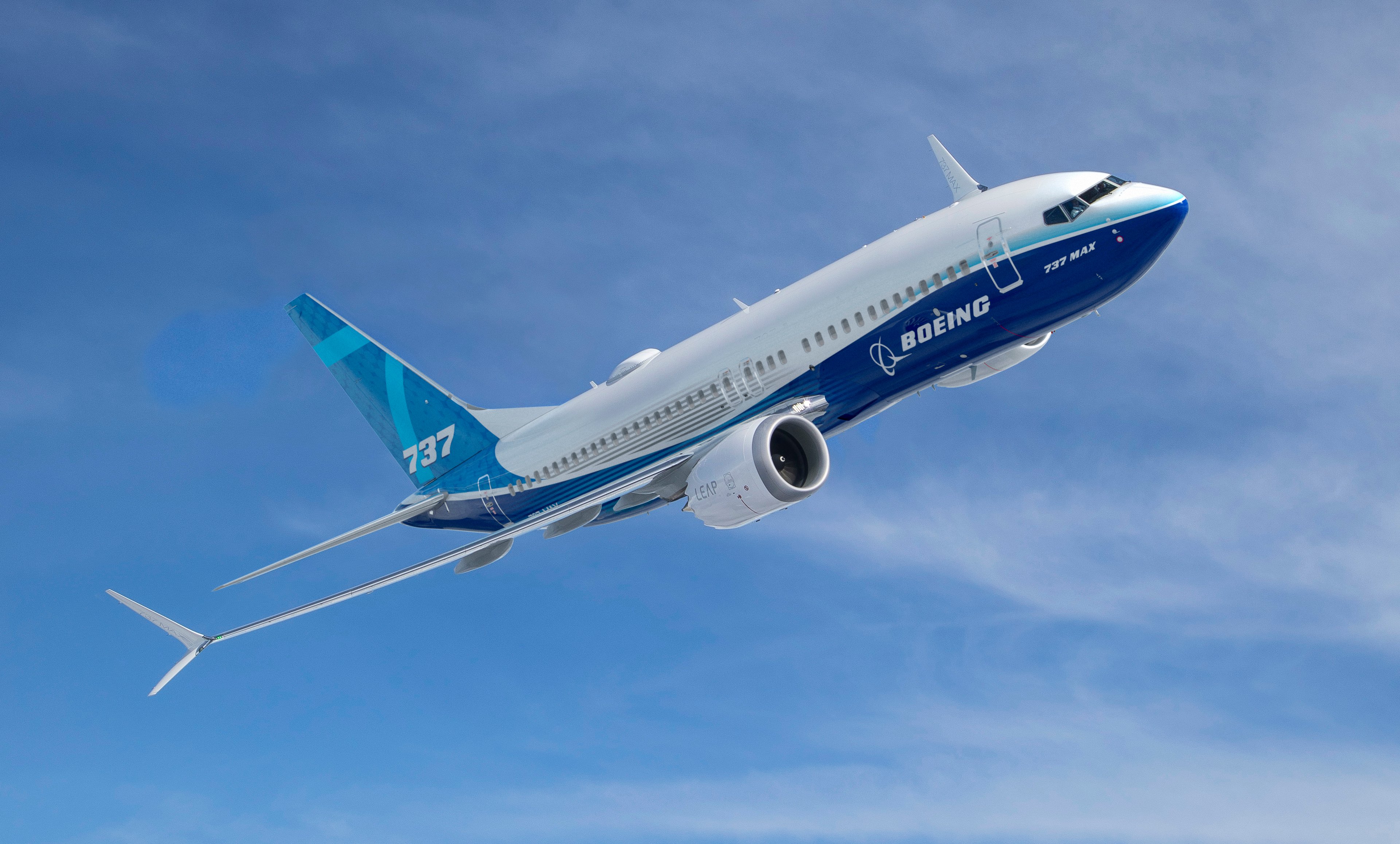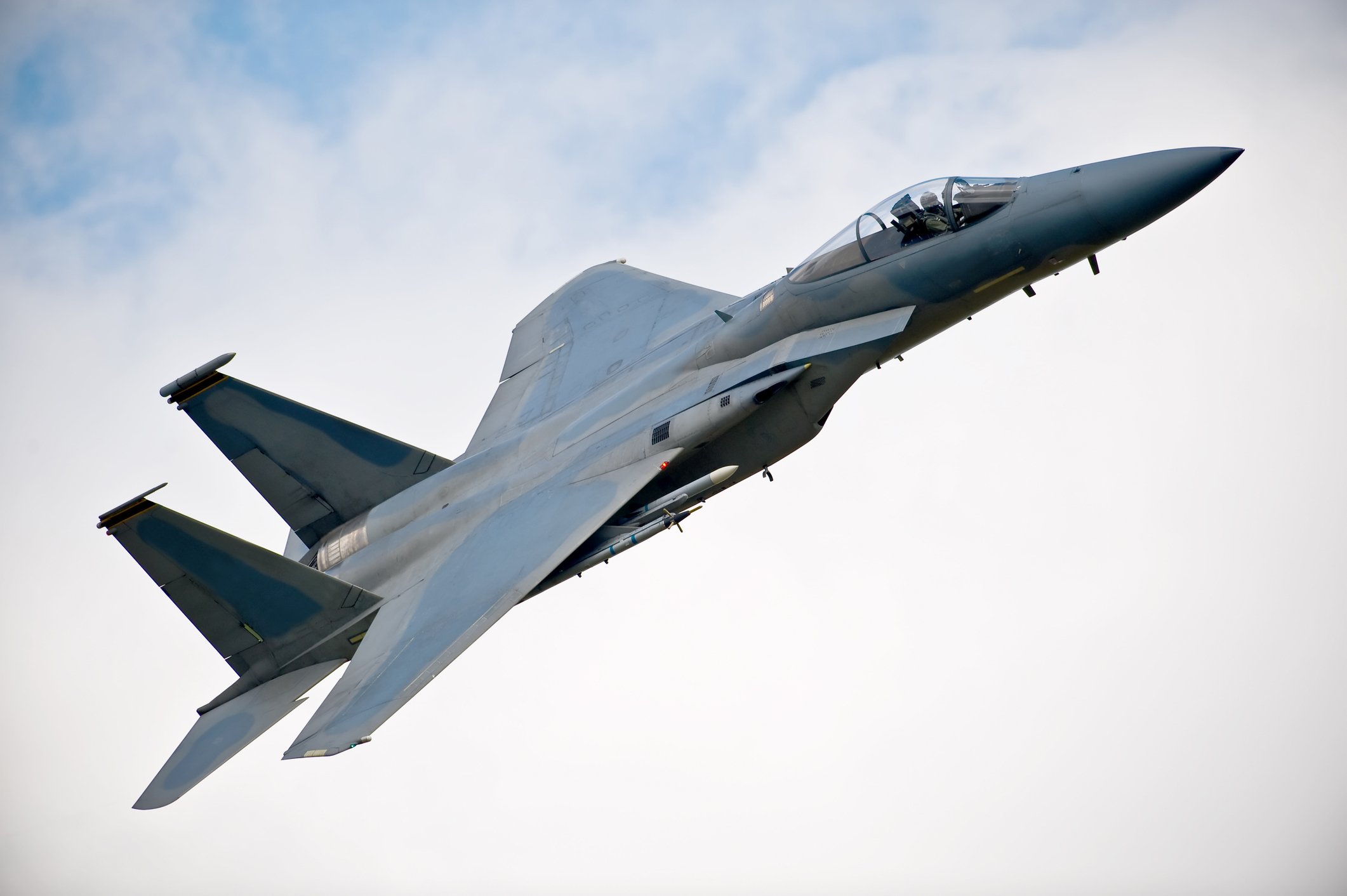Engineering a new type of aircraft is a major undertaking for any company, but to fight for market share, airplane manufacturers Boeing (BA +0.00%) and Airbus Group (EADSY +1.74%) must remain at the forefront of technology.
With Boeing rolling out the 787 Dreamliner, Airbus is looking for wide-body successes for itself. With current company estimates about the viability of a new wide-body and encouraging comments from potential customers, Airbus is seriously considering creating an Airbus A330neo.
Reduce costs
The success of the Boeing 787 has largely been credited to efficiency improvements stemming from features such as fuel-saving engines and a more aerodynamic composite body. But developing a new plane takes more time and more money -- both things highly valued in the manufacturing industry -- than reworking an existing design.
Airbus has an existing aircraft, the A330, that some investors and industry analysts believe would see increased sales if the company incorporated some of the modern technologies going into its other neo models.
Building an A330neo would give Airbus a quicker route to production and lower development costs than creating a new aircraft from scratch. Aviation Week estimates the development time at two to three years, which would make the aircraft a viable option for airlines looking to modernize their fleets toward the end of this decade.
Marketability
Like Boeing with its Next Generation and MAX versions of existing models, Airbus has been developing updated models of its product line. In the narrow-body category, where it competes with aircraft such as the Boeing 737, Airbus is updating the A320 family with new versions of the A319, A320, and A321.
An A330neo would likely be developed along the same lines as the A320 modernization. Besides saving Airbus money and time on development expenses, the A330neo would probably have a fleet management advantage. Airbus notes that the A320neo family has an over 95% airframe commonality with the regular A320 family, making maintenance of a fleet encompassing both aircraft easier to manage. By building off the A330 airframe, an A330neo would offer similar advantages for airlines with existing A330 aircraft in their fleet.
Potential buyers
While there is no way to know yet how the new aircraft would be received, there are already a few potential buyers waiting in the wings. Delta Air Lines (DAL 1.28%) CEO Richard Anderson told Aviation Week that "I hope they (Airbus) do offer an A330NEO." Delta is looking for new wide-body aircraft to replace aging Boeing 747 aircraft; Anderson's comment suggests that if Airbus were to build the A330neo, Delta could be an interested customer.
The A330neo may also find a home with budget airline AirAsia, an Airbus operator with expansion ambitions in the Asia. Growing airlines need more aircraft, and continuing to supply AirAsia's fleet would make for a good long-term relationship between the airline and Airbus.
The aircraft could also find buyers in aircraft leasing companies. The Wall Street Journal noted comments from Steven Udvar-Hazy, chairman and CEO of the aircraft leasing giant Air Lease (AL 0.06%), discussing Airbus' total sales potential and his preference for it to offer a choice of engines. Air Lease President and COO John Plueger acknowledged a possible interest in an A330neo, and said: "We're not shy about saying we're taking a serious look at that airplane," but echoed Udvar-Hazy in the company's preference for multiple engine options.
Will Airbus build it?
Despite these comments from Delta and Air Lease, Airbus is still on the fence about building an A330neo. Even though it would be cheaper than developing an all-new model, one analyst from a major bank estimates that the process would still cost about $2.7 billion.
Airbus' commercial aircraft arm believes that the company could sell over 1,000 A330neo units if the plane receives the green light. Udvar-Hazy has projected sales of up to 1,200 aircraft.
At this point, Airbus is doing its due diligence before deciding whether to undertake a major overhaul of a jetliner two decades old. With speculation building and input from potential customers being made available, Airbus will likely decide in the near future whether to go forward with the A330neo. In the meantime, the airline industry is going on a shopping spree, so Airbus and Boeing will have to find one way or another to grab valuable market share.









